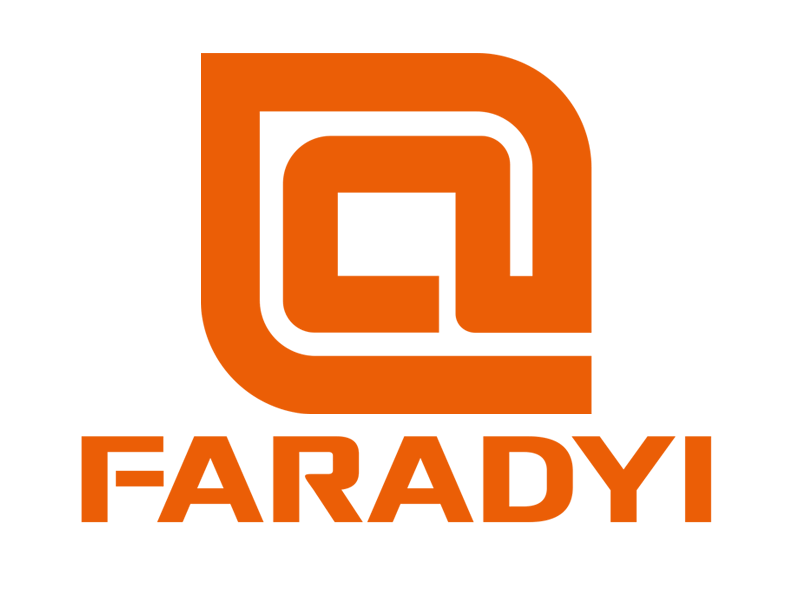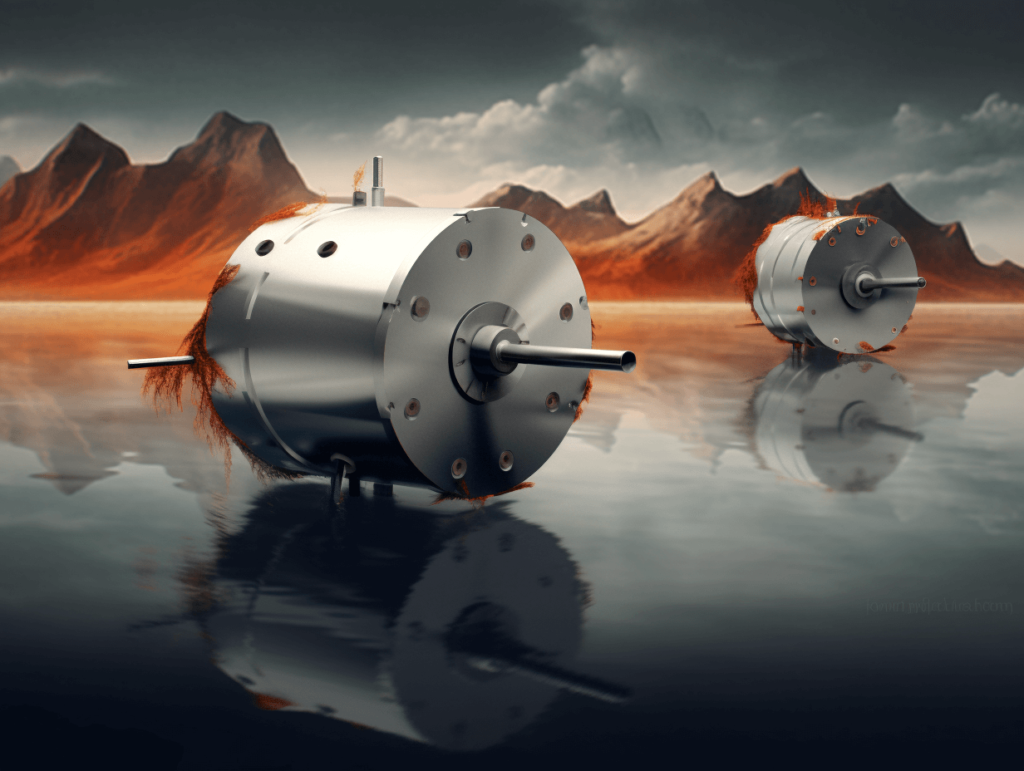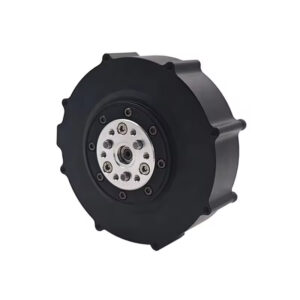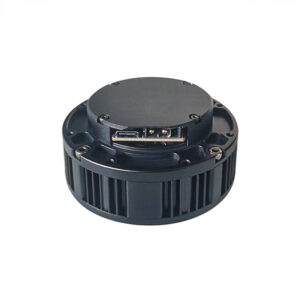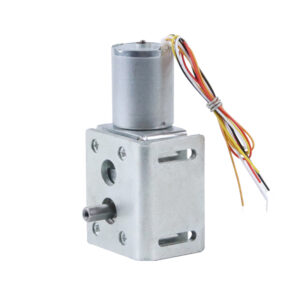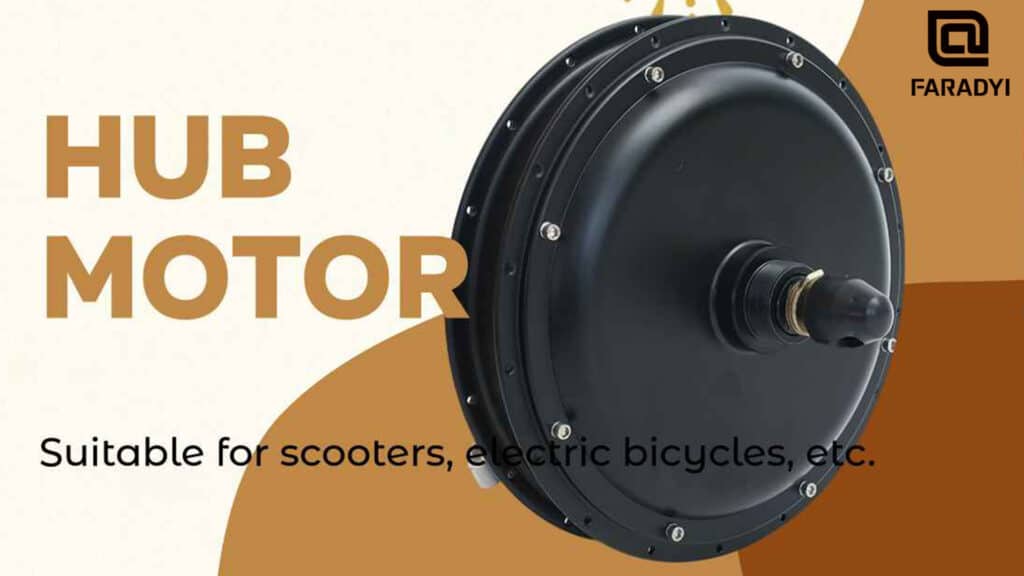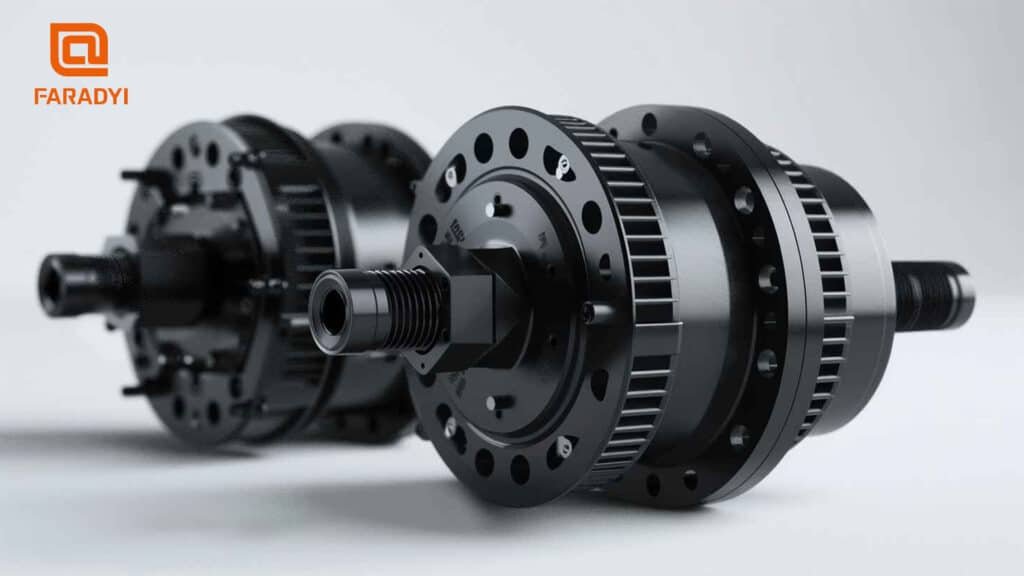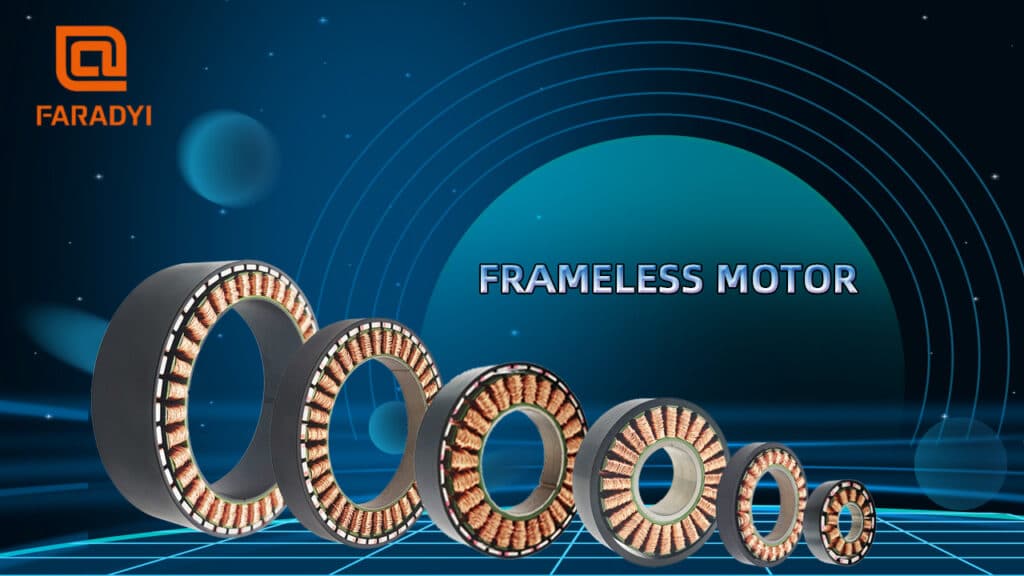A gear motor is a type of electric motor that uses a gear reduction system to increase torque while reducing speed. Gear motors combine the power of an electric motor with the torque multiplying capacity of a gear reducer in a single compact package.
Inside a Gear Motor
A gear motor consists of an electric motor directly connected to a gear reducer. The motor is typically a standard AC or DC electric motor that provides the power. The gearbox contains gear sets that reduce the higher motor speed down to a lower output speed.
Common gear types used include spur gears, helical gears, bevel gears, and planetary gears. The gearing takes the high speed, low torque power from the motor and converts it to low speed, high torque power.
Gear Reduction Principles
The gearing inside the gearbox provides a gear reduction ratio, like 10:1 or 50:1, which determines the torque multiplication. For example, with a 10:1 ratio, a 1000 RPM input speed becomes 100 RPM at the output. But the torque is increased by a factor of 10. So a 2 Nm motor becomes 20 Nm at the output shaft after going through the 10:1 gear reducer.
Higher gear ratios like 100:1 or 500:1 can drastically increase torque for operating heavy loads while keeping motor size small. Gear ratios can be designed to give the ideal speed and torque output.
Benefits of Gear Motors
Gear motors offer several major benefits compared to direct drive and other options:
- Increased torque from a compact, lightweight package
- Ability to precisely match speed and torque to the application
- High reliability and efficiency
- Reduced noise and vibration
- Design flexibility – motors and reducers can be combined
These benefits make gear motors ideal for applications like conveyors, mixers, pumps, packaging machines, elevators, robot joints, and more. The optimized torque transmission minimizes electrical consumption.
Major Types
Common types of gear motors include:
- Parallel shaft – input and output shafts are parallel
- Right angle – output shaft is perpendicular to motor shaft
- Planetary – compact gearboxes using planetary gear principles
- Helical and bevel – utilize helical or bevel gear sets
- Worm drive – high reduction worm gears
Faradyi focus on Custom options allow gear motors to meet specialized needs. Overall, gear motor technology continues advancing to serve an expanding range of industrial motion control applications. For more motors solutions Contact Us and Quickly Get A Quotation
You May Like
